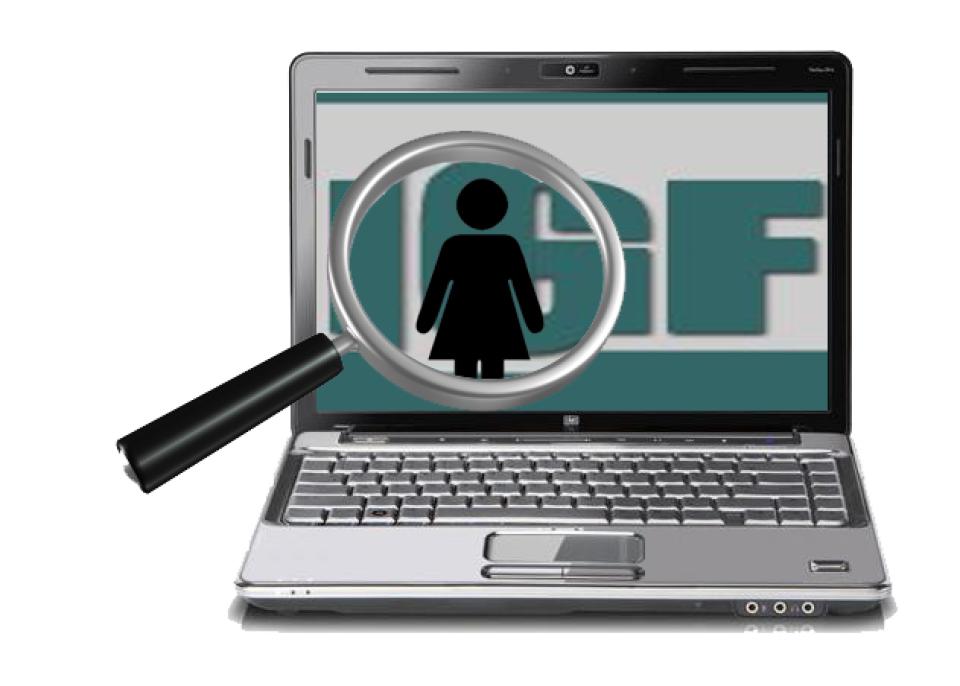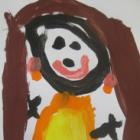
At this year's Internet Governance Forum, APC developed a gender report card to monitor and assess the level of gender parity and inclusion at its workshop sessions. This is a pilot initiative, taken to both explore its usability and potential value in ensuring that gender is taken into consideration in terms of representation and substantive content at this policy dialogue forum. Members and partners of the APC Women's Networking Support Programme were primarily the ones who gathered information for the report cards. We collected 16 cards in total, which included four main sessions and eight workshops, dynamic coalition meetings and other parallel sessions. There were 5 questions in the report card, which asked about the numbers of male and female speakers and participants and the extent to which gender was included in the dialogues.
It is now time to share some preliminary results. Although the numbers of sessions monitored were relatively small, and that a deeper analysis is needed, the statistics generated and first impressions can give us an idea of the role that women and gender issues played in this IGF's sessions and debates.
Let's start with some general considerations. In the sessions that were monitored, there were slightly more male panelists, moderators and remote moderators than women, with 43 men to 37 women. Women and men were presented in more equal numbers in main sessions than in parallel sessions, with the exception of two main sessions. These were namely the main sessions on 'Access and Diversity' and 'Internet Governance for Development (IG4D)', where women were represented largely in the roles of moderators (two women were moderators and one was speaker in the IG4D session).
What sector did most women panelists represent? This is a good question that makes us reflect on power relations and the need for more women in decision-making when it comes to policy discussions and making them work. Not surprisingly, most women presenters belonged to civil society: 17 out of 37 speakers, while only 8 belonged to the private sector and 7 to government. The rest represented the technical community and other type of organisations.
And what about the inclusion of gender perspectives in the IGF presentations and discussions? The result showed a dismal picture. There were two sessions centered on gender issues: the meeting of the Gender Dynamic Coalition and an open session on “Women and Internet Governance”. In the rest of the monitored sessions, women's issues and gender perspective were on the margins, raised briefly by participants in a few presentations or contributions from the floor.
Although women made up at least half, and sometimes even a majority of participants in 50% of the monitored sessions, and there is a relatively small gender gap between male and female presenters, this did not translate into actual inclusion of gendered perspectives and analysis in the content of the discussion or presentations. This led us to assess that no direct link can be made between numbers and gender inclusion, which is an important learning for the organisers of IGF and IGF workshops. This includes the MAG (Multistakeholder Advisory Group), the IGF secretariat and organisers or parallel workshop sessions.
If there is serious commitment to uphold the multistakeholder principles and to ensure diversity of concerns and knowledge, this means critical inclusion of gendered analysis and perspectives. There is a need to go beyond numbers and move from gender parity to inclusion. Some recommendations to this end includes specific consideration of the gendered dimension of thematic areas, and identifying speakers who can enrich the dialogue on internet governance by bringing in a women's rights and gendered analysis.
This is just a sample of insights that the gender report cards can reveal to us. And no doubt, more to come! We plan to present a more comprehensive report on the findings by December 2011.
- 9724 views









Add new comment